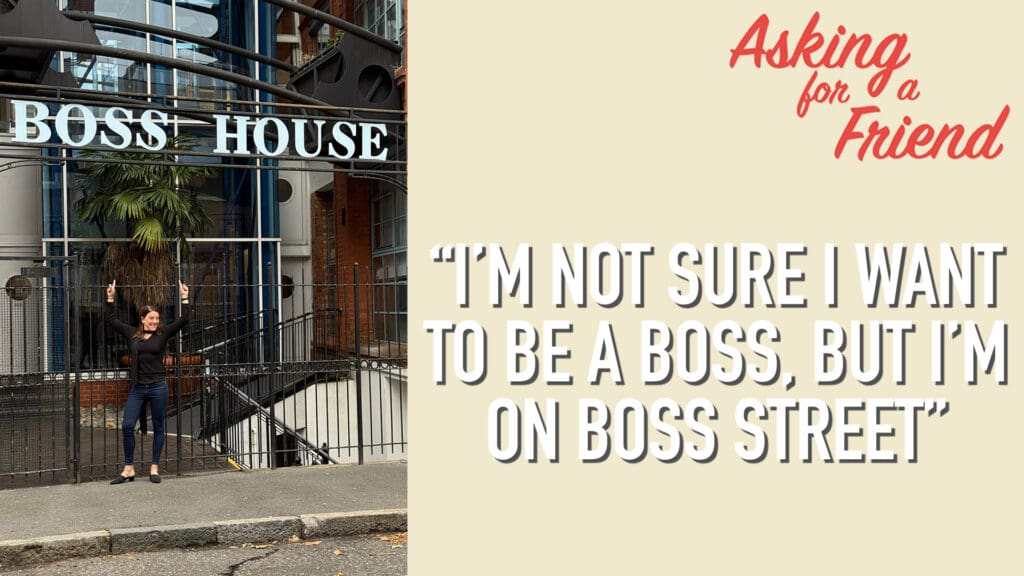Avoid These Common Succession Planning Mistakes
If you’re ready to conduct a succession planning calibration session as part of your overall talent strategy, read this first so you can avoid these five common mistakes.
Succession planning, done well, gives you a brilliant competitive advantage. Poorly executed, at best it’s a waste of time, and can wreak serious havoc on long-term performance.
Here are a few disturbing phrases, I’ve heard in the last 15 days:
- “Oh, we’re too small to need a formal process.”
- “Our business is moving so fast we don’t have time for that.”
- “We’re baby boomers and we don’t know how” (trust me, I would never have included this one until I heard it TWICE this week from different companies looking for help).
- And the scariest of all, “We’re a family-owned business so the decision is obvious.”
The 5 Biggest Succession Planning Mistakes
1. Talking People Before Priorities
Before you can decide WHO is in your succession pipeline, be sure you are clear on WHAT you need. Think about the future and the critical competencies that will make that possible. Write them down. Then map your people against those possibilities. Choosing people for tomorrow based exclusively on today’s performance will slow you down.
2. Cloning
What often passes for “executive presence” is actually someone who looks and acts like the rest of you. Be careful. Sure you want poise, effective communication, and a tidy together look. But it may also be true that the quirky creative who marches to a different drum may just who you need to take your strategy to the next level. Too many like minds lead to uninspired strategy.
3. Letting Diversity Trump Common Sense
If you complete your 9 box succession planning grid and it’s all balding white guys with a dry sense of humor in box 9 you clearly have a problem. The question is, what IS that problem? Take a hard look in the mirror for bias and discrimination. Challenge one another to make it right.
Sometimes, it’s another issue. It’s the recruiting and leadership development that is broken. You can’t make someone ready for the next level by talking yourselves into it. Or worse, putting diversity multipliers on executive compensation which incent them to promote the diverse candidate just to hit a target.
The worse thing you can do is pad your “grid” by sliding diverse candidates into blocks where they don’t belong. Sure, identify opportunities for accelerated growth to make up for lost time. But NEVER promote an unqualified person for diversity reasons. You hurt them, your business, and weaken your diversity strategy.
4. False Consensus
You know you have a true box 9, high potential when every head at the table is chiming in with a resounding “Yes!” Not looking the other way when conflict arises.
A succession planning conversation without conflict is useless. The very best talent reviews involve robust discussion and lively debate which leads to important next steps (e.g. “You’ve got to know my guy better;” “She needs a stretch assignment.”)
If you start playing games like “I’ll vote for your manager if you vote for mine, the business loses.
5. Ignoring the Plan
The worst succession planning sin of all is going through the motions, and then reverting to the old patterns “just this time” when it comes to promotion. No one will take your succession process seriously the next time.
Don’t short change your talent strategy. The right people, at the right place, at the right time, will change the game. Be sure you’re prepared.
If you’re struggling with succession planning, I can help. I’ve facilitated hundreds of succession planning discussions over the years from the executive level, through merger integration, and at the frontline. Succession planning is worth doing well. Please give me a call for a free consultation, 443-750-1249.
See Also: How to Navigate Yet Another Office Shake Up (Wall Street Journal)
7 Big Rules For a Successful Talent Review







I like the idea of mapping future competencies and possibilities to the person we want in the position. This is job benchmarking.
As Marshall Goldsmith would say, what got you here won’t get you there.
Steve, thanks. I find that works well.
Great post about such an important topic for all organizations!
I love your point about cloning as I have seen this often. I worked with this one leader this past year who was having a difficult time relating to the gifts of one of his team members. The leader couldn’t connect to the very different style of the team member and became unable to see her value in challenging some of the status quo. Eventually he started to open his eyes to her potential and realized that having different perspectives was extraordinarily valuable for his team’s success.
Thanks Karin!
Terri, Excellent example. Thank you.
I’ve seen the “cloning” thing happen more than once!
It’s so much easier for the person being replaced to feel that their values and behavior will be mimicked if they choose a clone to replace them. Usually, that is the absolute worst thinking…too often, an organization or team outgrows the leader and that fresh perspective is essential to keep them moving ahead.
No cloning zone ahead….
No cloning zone… amen. No matter how good your are, if you’ve been in your role for a while, what your team needs next is new perspective.